Seven Pagodas of Mahabalipuram
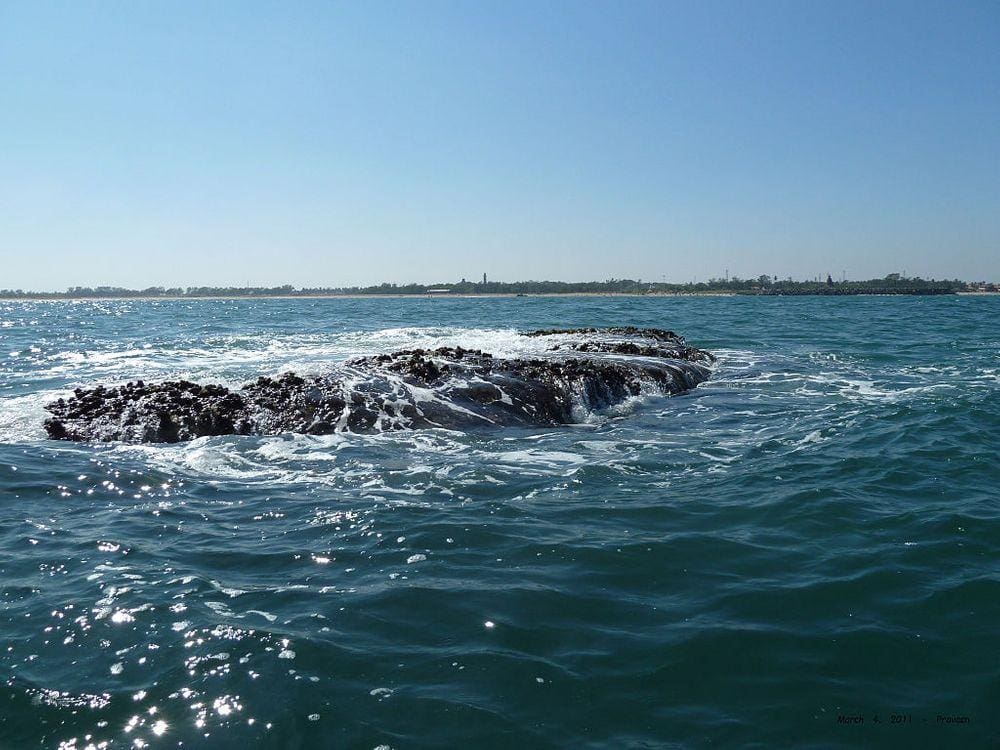
Only one of the legendary “Seven pagodas” of Mahabalipuram remains – the magnificent Shore Temple. What happened with the other six temples?
Syriac Orthodox Monastery of Saint Mark, Jerusalem
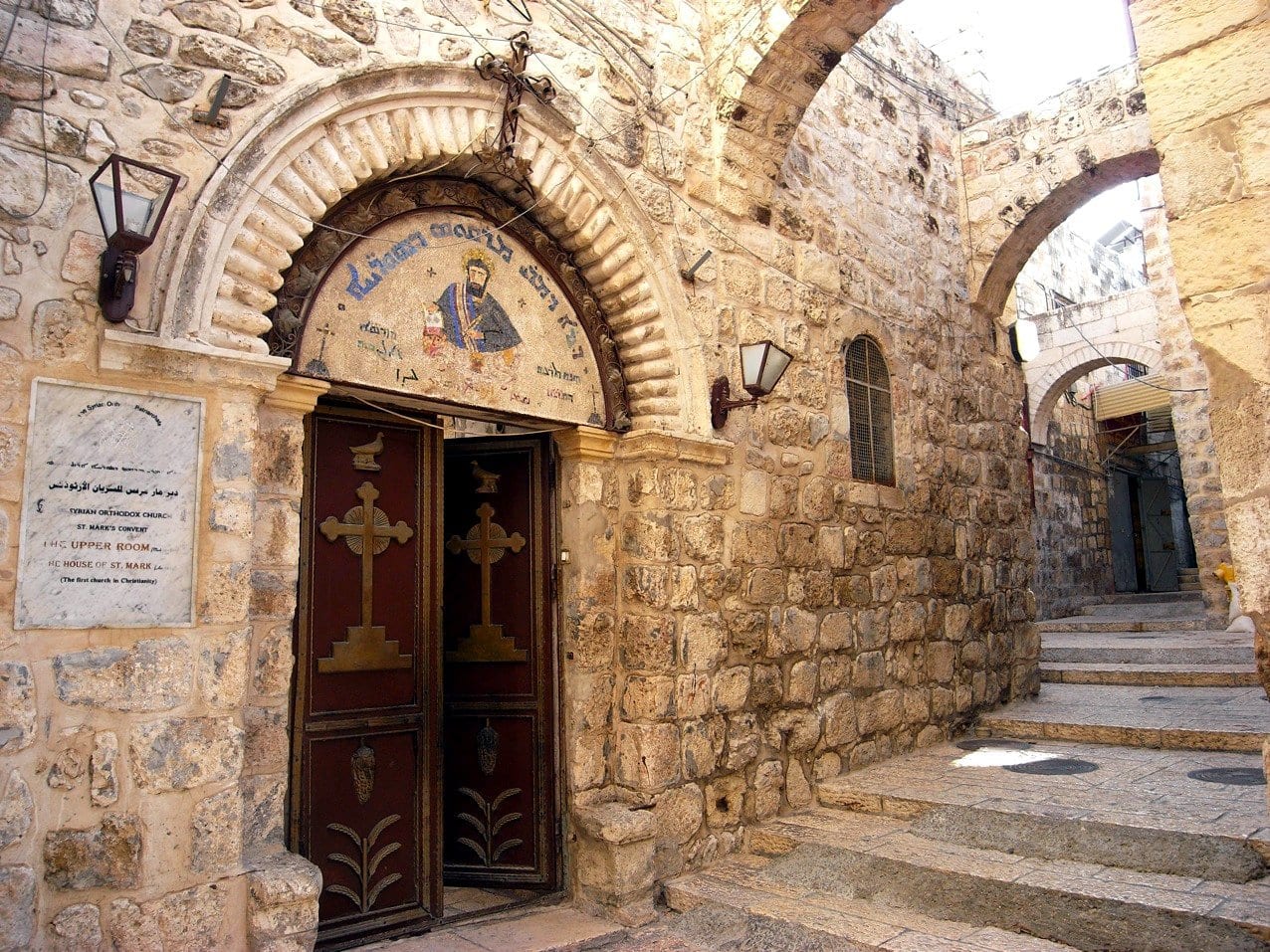
The Syriac Orthodox Monastery of Saint Mark contains library with valuable manuscripts. Possible site of the earliest Christian shrine in the world.
Cenacle – the site of the Last Supper
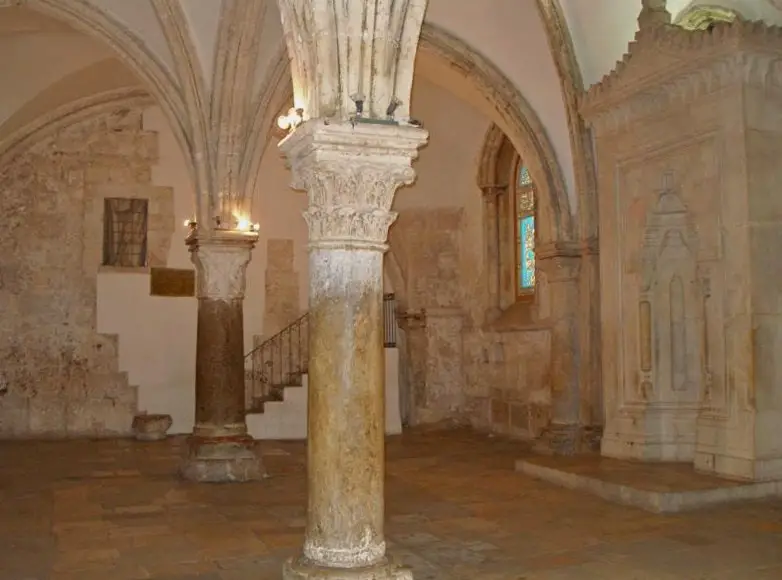
Legendary site – possible location of The Last Supper. This has been an important pilgrimage site with many structures built and destroyed. The current shrine was built in Gothic style. It is undated, from the 12th – 14th century. It is a mystery – who built it and when.
Shore Temple, Mahabalipuram
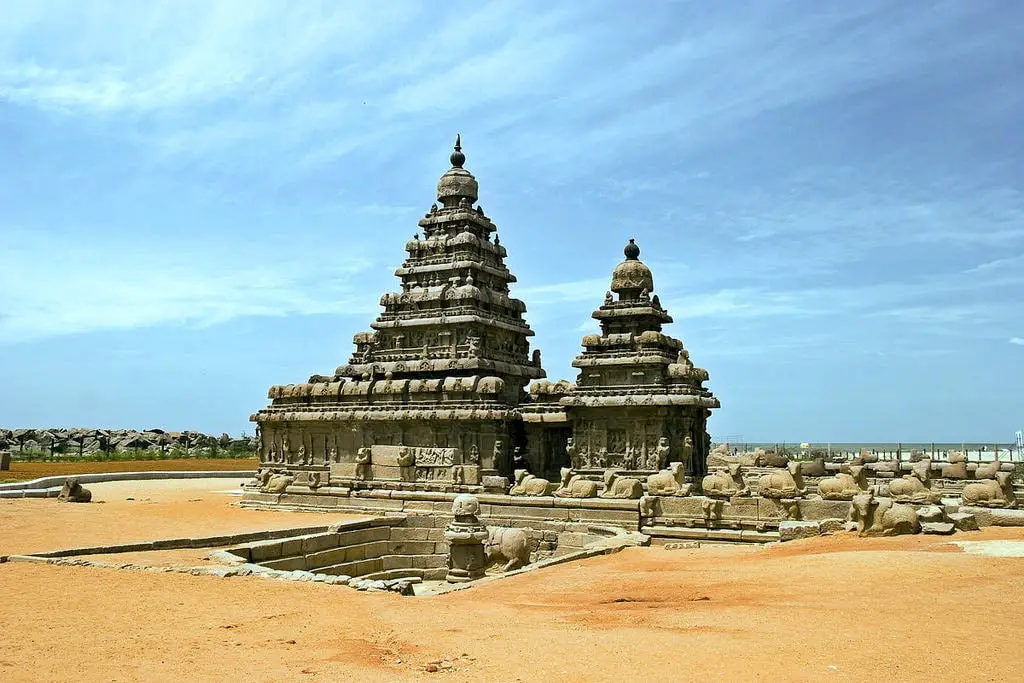
Shore Temple is the only remaining of the legendary Seven Pagodas of Mahabalipuram. The first structural temple of Pallavas, built in 700 – 729.
Dura-Europos house church
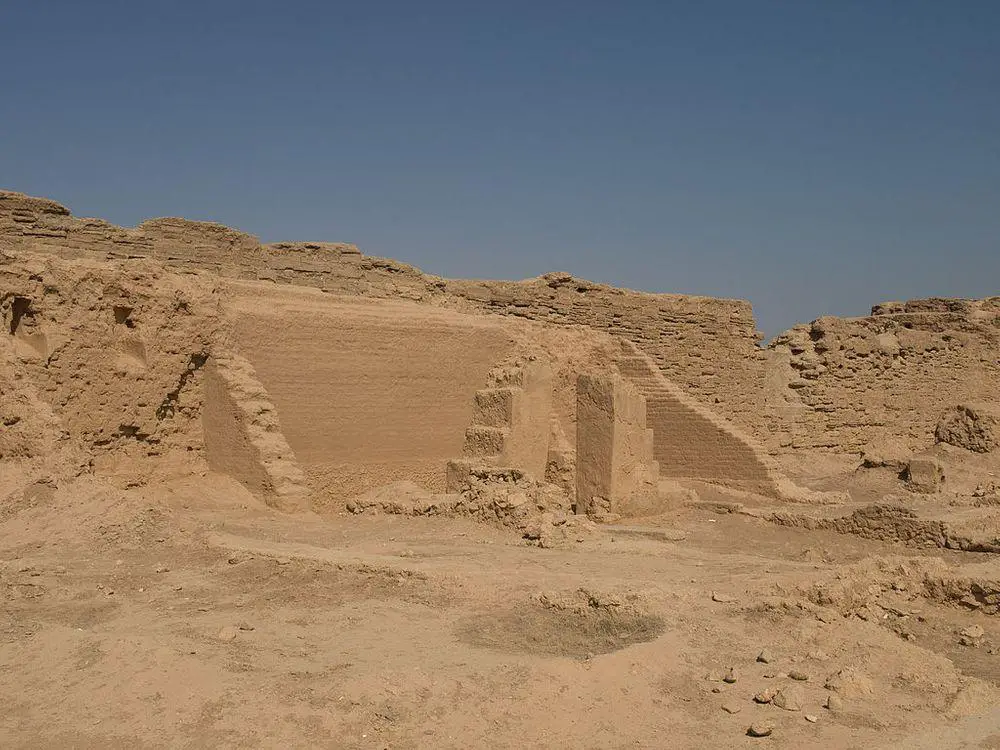
One of the oldest Christian house churches – a family house that was converted into church sometimes around 233 – 256 AD. Possibly the oldest church in the world. It is adorned with frescoes – possibly the oldest Christian paintings.
Hisarya walled Roman town
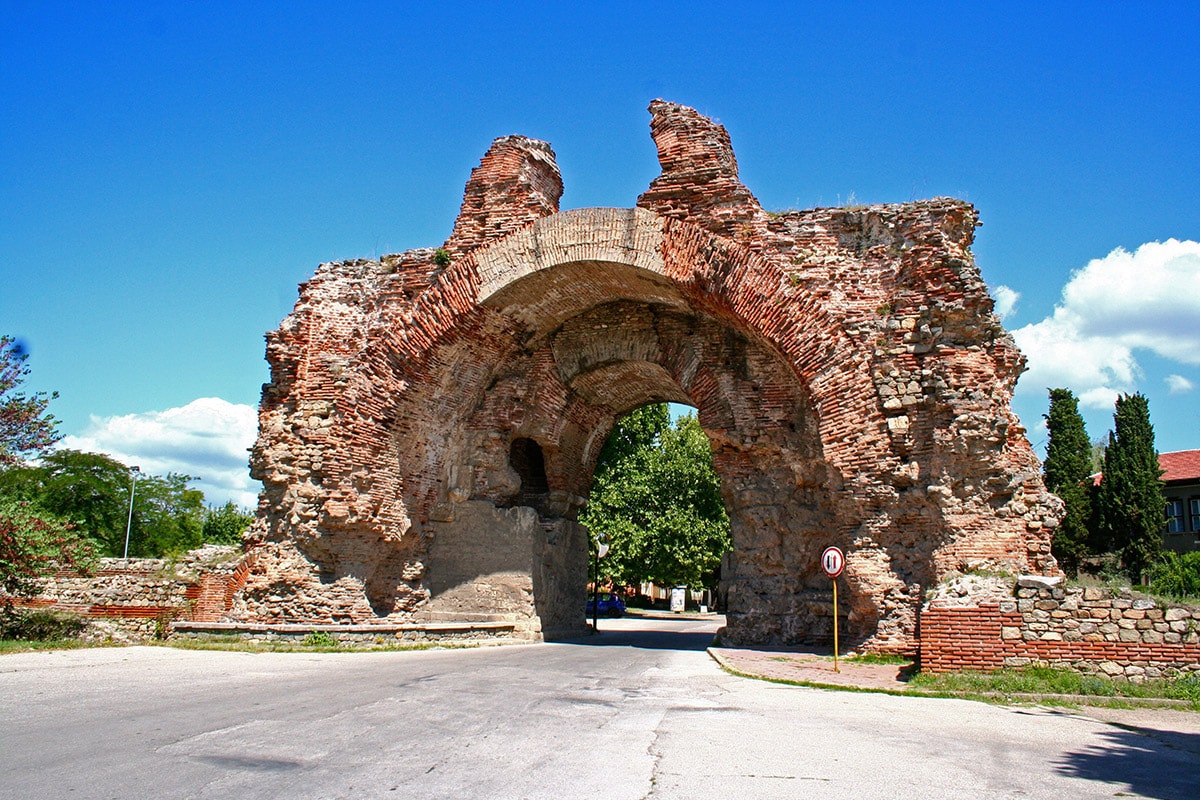
The best preserved Roman city walls in Bulgaria, some 2.3 km long. Hisarya was founded in prehistoric times and flourished in Roman times as a resort thanks to mineral springs. Site contains ruins of many public buildings including a small amphitheater and some ancient churches.
Blakitnaja Krynica (Blue Well)
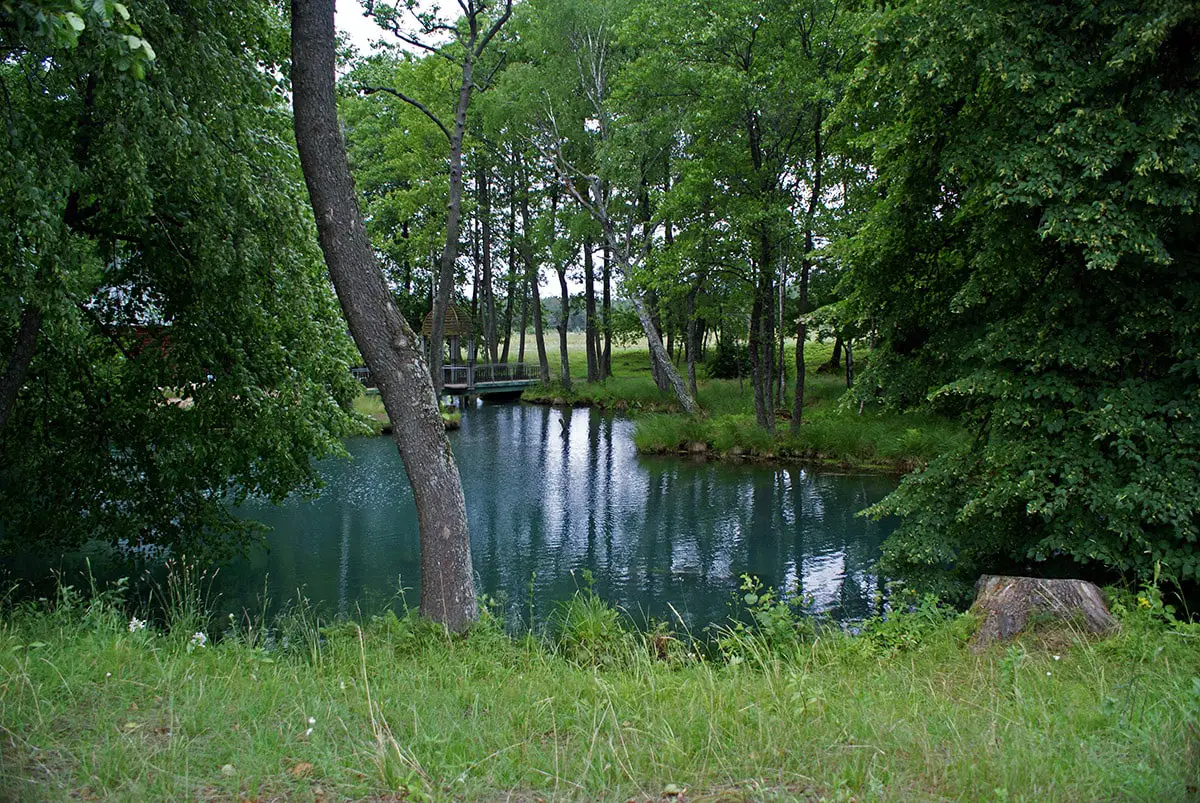
Powerful, picturesque spring, considered to be the most powerful spring in East European Plain. Output – around 60 l/s. Site of legends, sacred place.
Skellig Michael monastery
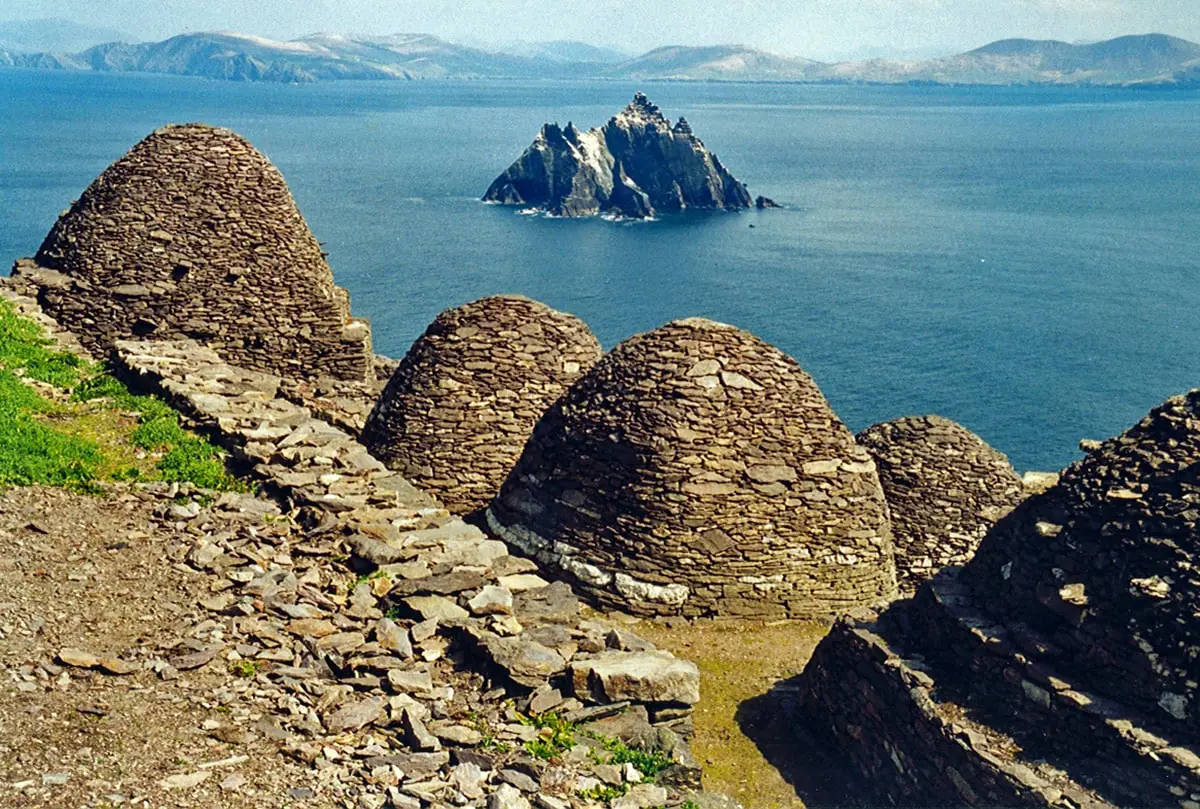
Exceptionally well-preserved remnants of an early medieval monastery located in a dramatic landscape – a cliff in the sea. This Christian monastery was founded here sometime in the 6th – 8th century AD and was occupied until the 13th century. The monastery was built on artificial terraces and contained six beehive cells, two oratories, a church as well as stone crosses and slabs.
Mnajdra
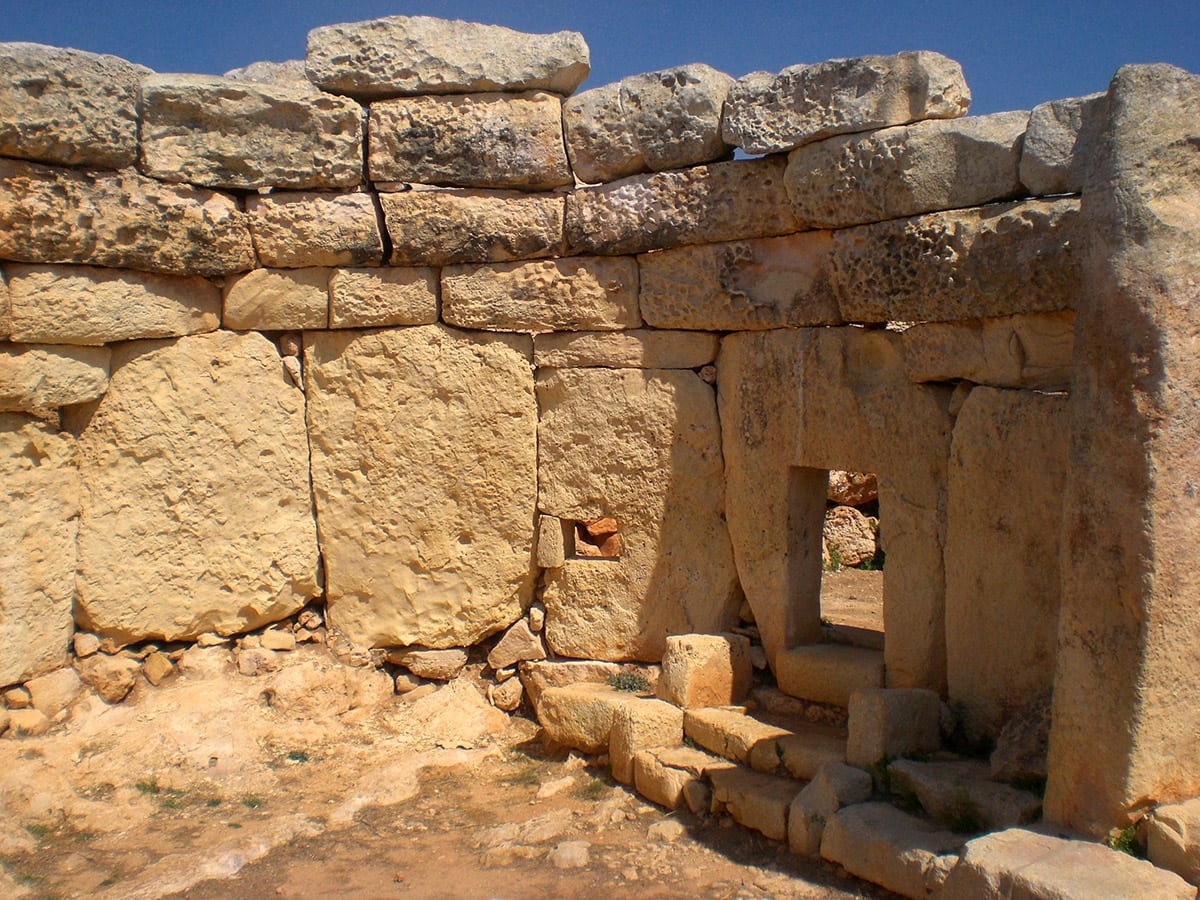
Group of megalithic temples, built around 3600 – 2500 BC. These are sophisticated structures built from large stone slabs. The complex consists of three temples, each built in its own time. The lower temple was built around 3000 BC and might be the most impressive megalithic structure in Malta, it is astronomically aligned. Stones here are decorated with dots ad also spiral carvings.
Gorham’s Cave
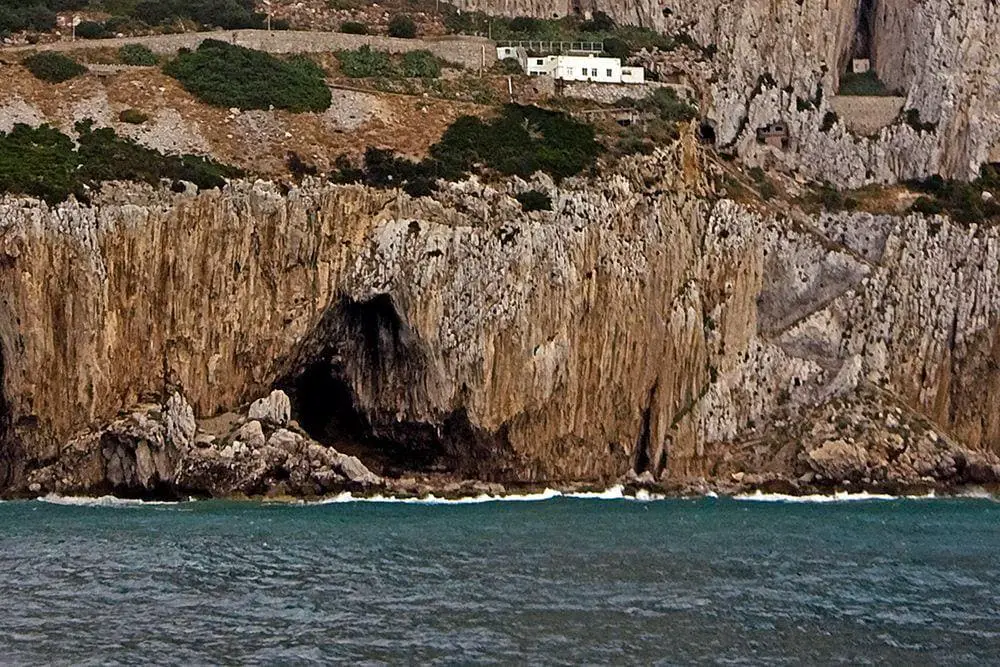
One of four caves in Gorham’s Cave complex. Cave has formed in Jurassic limestone and has an 18 m thick layer of sediments that contain very important finds including the latest find of Neanderthals who lived here 60 – 24 thousand years ago when the sea was far away from the cave and the area was rich with resources. This is the last known settlement of Neanderthals in the world. The time of their habitation includes an incision of eight lines, made at least 39,000 years ago, most likely made by Neanderthals – the oldest known abstract drawing in the world. 23 thousand years ago here started to live modern humans, who left some paintings on the walls of the cave. Phoenicians and Carthaginians used this cave as their shrine, leaving offerings here.
